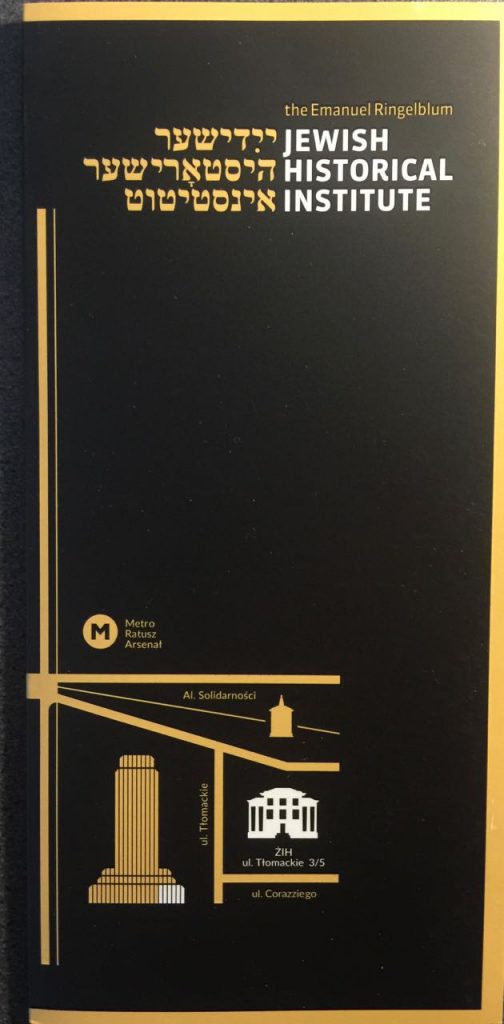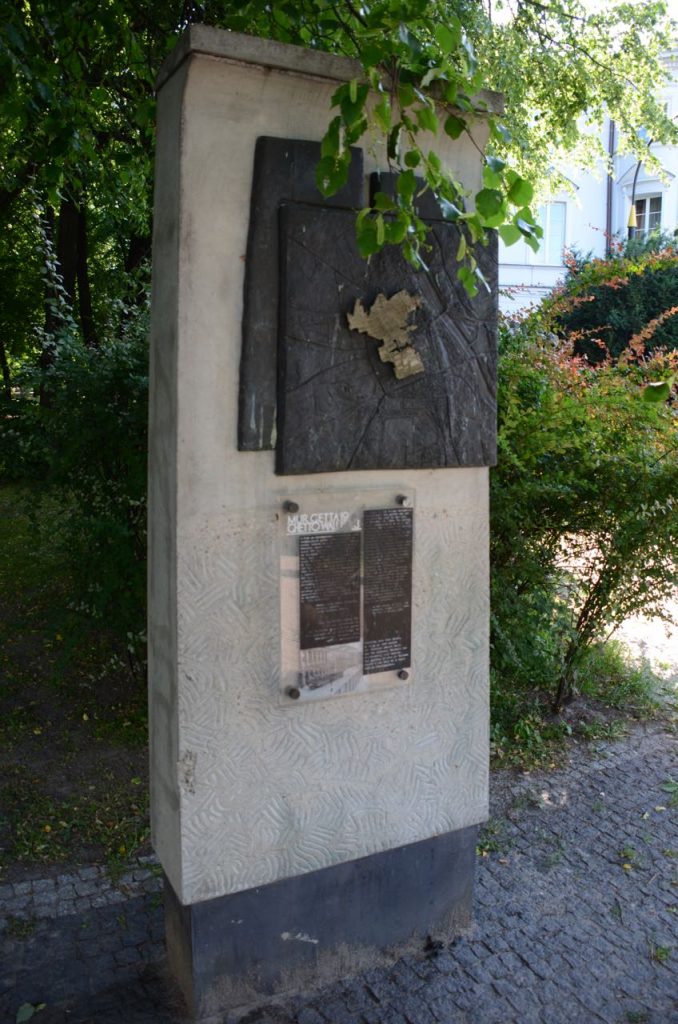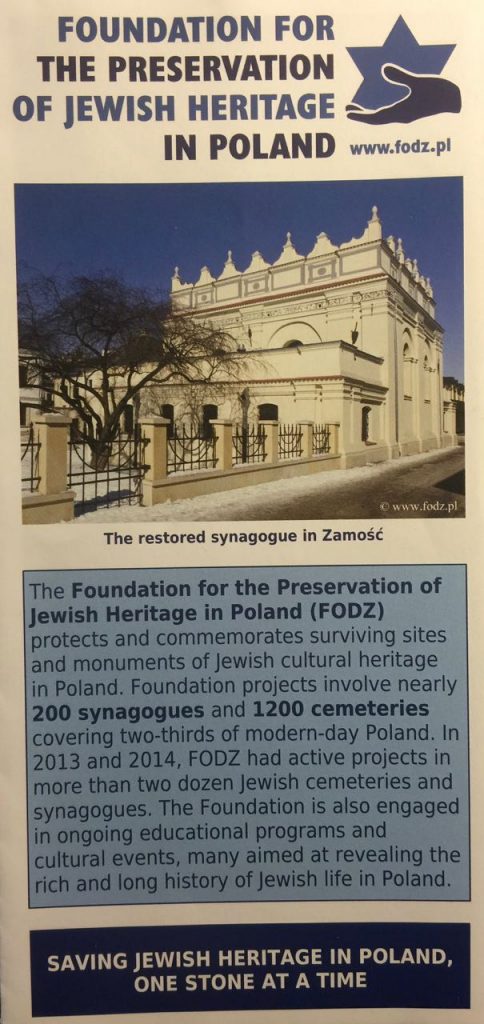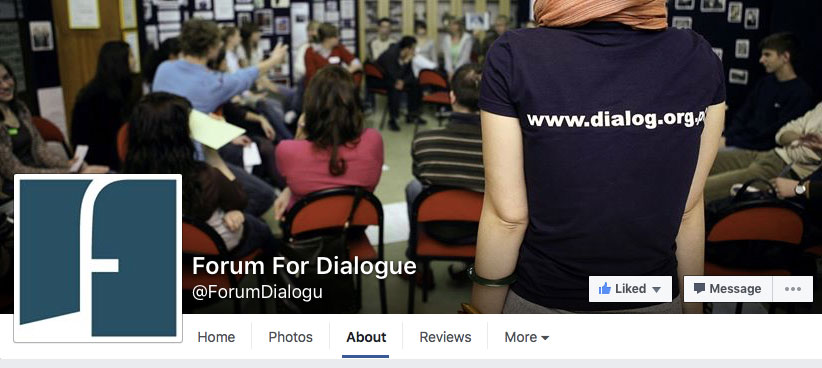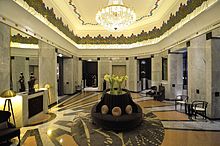In Johannesburg
RCHCC
RABBI CYRIL HARRIS COMMUNITY CENTRE
Sunday 5 February at 7.30pm
Please join us for a presentation by
ELI RABINOWITZ
Traces and Memories of Jewish Life
Connecting to our Litvak Shtetls


Eli Rabinowitz’s presentation has been compiled from six visits to Litvak lands.
His collection of photos and stories showcases:
– the shtetl, where most South Africans originated
– the people on the ground memorialising the shtetl
– the Tolerance Education Centres in schools
– the use of online resources to advance your own heritage research
“How will our children know who they are, if they don’t know where they came from?” —John Steinbeck
Eli Rabinowitz (ex- South Africa) is involved in Jewish community activities, filming events, photographing, researching, lecturing internationally and blogging on Jewish life and heritage. He presented at the IAJGS 2015 conference in Jerusalem. He manages 76 KehilaLinks websites for JewishGen. He led the first JewishGen Virtual Heritage Tour of Europe. Eli lives in Perth, Australia.
WHEN: Sunday 5 February at 7.30pm
DONATION: R90.00 (including refreshments)
VENUE: Clive M Beck Auditorium
Rabbi Cyril Harris Community Centre (RCHCC)
cnr Glenhove Rd & 4th Street Houghton, East of the M1
BOOKING: Hazel or René (011 728 8088/8378) After Hours (011 728 8378)
email: rchcc@telkomsa.net or rene.s@telkomsa.net
www.greatpark.co.za
Bank details:
Nedbank Norwood Code: 191905
Account name: RCHCC
Account number: 1920 116 699
Please put your name as reference
In Cape Town

Traces and Memories of Jewish Life
Connecting to our Litvak shtetls
Eli Rabinowitz’s presentation has been compiled from six visits to Litvak lands
His collection of photos and stories showcases:
– the shtetl, where most South Africans originated
– the people on the ground memorialising the shtetl
– the Tolerance Education Centres in schools
– the use of online resources to advance your own heritage research
Gardens Synagogue – Nelson Mandela Auditorium
8 February 2017 at 7:30 pm



My Upcoming Talks at the Great Park & Gardens Shuls

Traces and Memories of Jewish Life Connecting to our Litvak shtetls The Great Park Synagogue RCHCC, Johannesburg 5 February 2017 at 7:30pm and The Nelson Mandela Auditorium at the Gardens Shul, C…











































































































